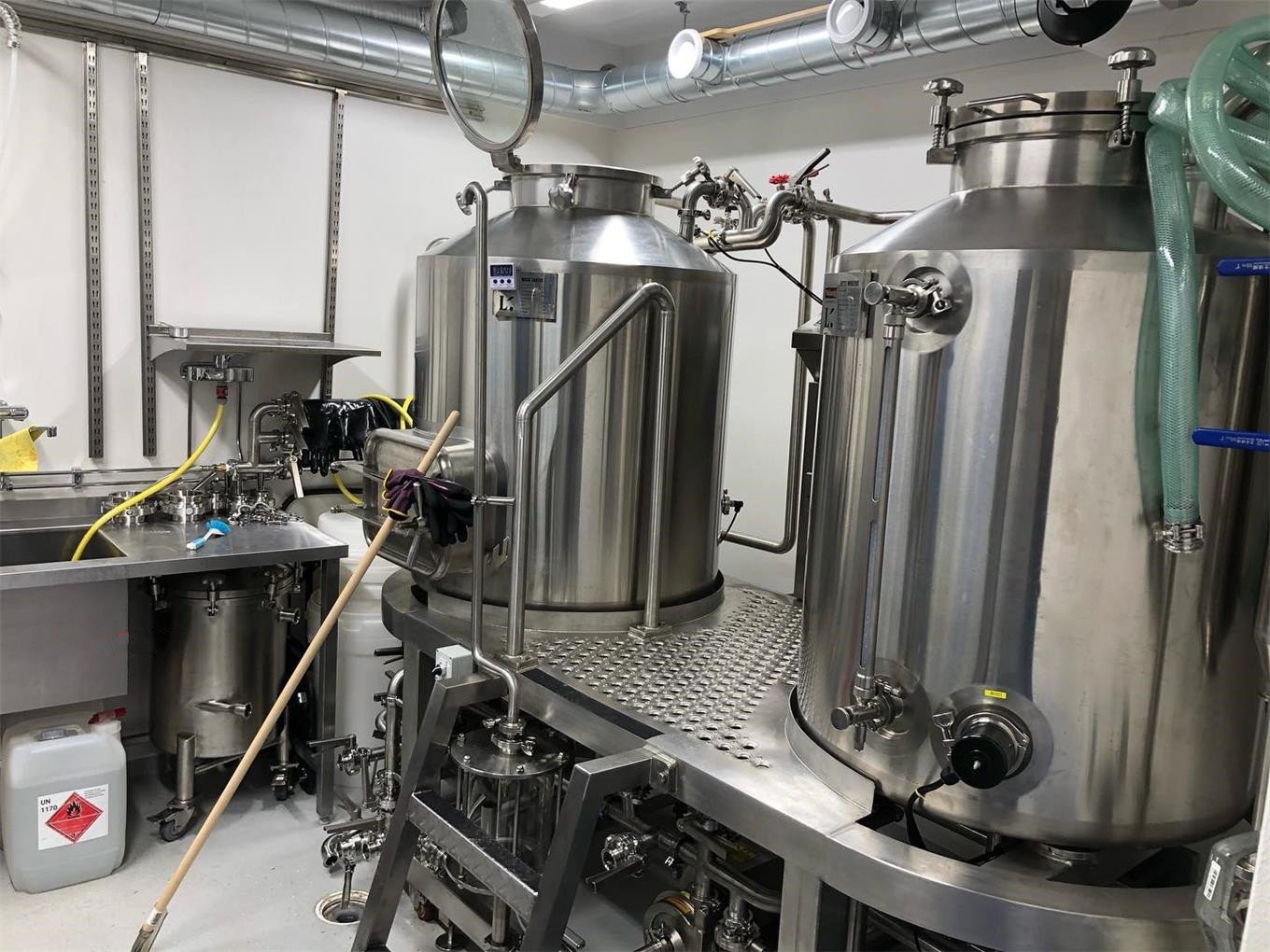The role of brewery fermentation tanks in brewing
The Basic Process of Brewing Beer
Brewing beer is both a science and an art. It starts with four primary ingredients: water, malted grains (usually barley), hops, and yeast. The magic begins in the mash tun, where the grains are steeped in hot water to extract sugars. This sugary liquid, called wort, is then transferred to a kettle and boiled with hops, which add bitterness, flavor, and aroma.
After the boil, the wort is cooled rapidly and transferred into a fermentation tank. Here, yeast is introduced to begin fermentation—the heart of the brewing process. The yeast consumes the sugars in the wort and converts them into alcohol and carbon dioxide, leaving behind a variety of flavor compounds that define the character of the beer. After fermentation, the beer is conditioned, carbonated, and finally packaged for distribution.
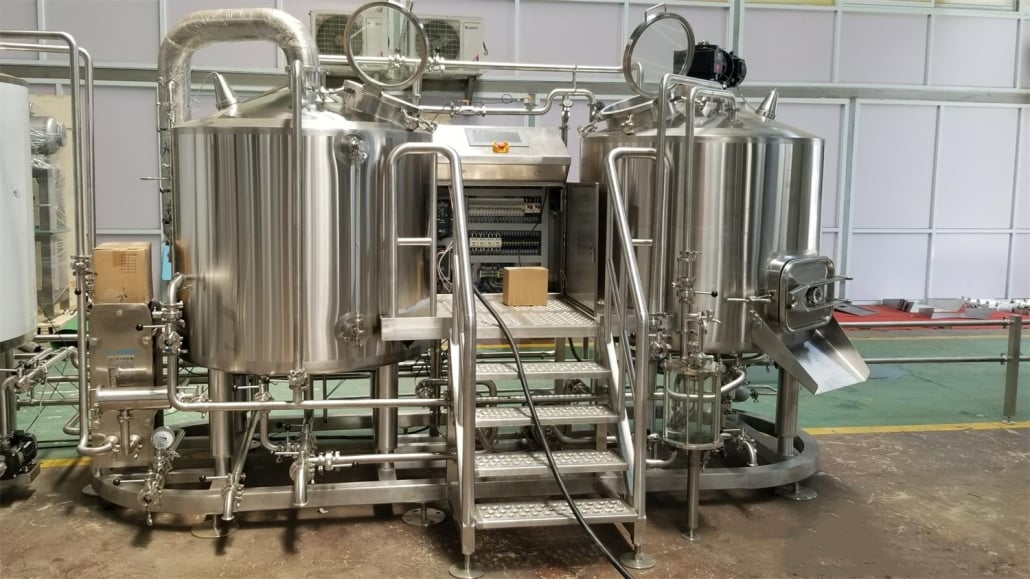
What Are Brewery Fermentation Tanks?
Fermentation tanks are where the real transformation in brewing takes place. These vessels hold the wort as it ferments into beer, and they come in various shapes and sizes to accommodate different brewing styles and production scales. Typically made from stainless steel, fermentation tanks are designed to maintain precise temperatures and are equipped with valves, sampling ports, and cooling jackets for tight process control.
These tanks aren’t just containers; they’re the heart of the brewery. Think of them as the womb where beer is born. Their design directly impacts the quality, consistency, and style of the beer produced.
The Role of Fermentation Tanks in Brewing
Why are fermentation tanks so crucial? Because this is where the yeast gets to work. Yeast is a living organism, and it needs the right environment to thrive and perform its alchemy. Temperature, pressure, and cleanliness are all key factors that fermentation tanks help regulate.
The shape of the tank also matters. Conical tanks are preferred because they allow yeast to settle at the bottom for easy removal and reuse. These tanks can also support both primary and secondary fermentation, meaning brewers can use the same vessel for multiple stages of the process.
Modern tanks are often automated, enabling brewers to monitor and adjust fermentation parameters in real time. This ensures every batch stays true to the desired flavor profile.
How Fermentation Tanks Improve Brewing Efficiency and Quality
| Feature | Benefit | Description |
|---|---|---|
| Temperature Control Jackets | Improved yeast performance | Glycol jackets maintain optimal fermentation temperatures |
| Conical Design | Easier yeast harvesting and cleaning | Yeast settles in the cone for removal, reducing labor and contamination |
| Pressure Capability | Carbonation and flavor enhancement | Allows natural carbonation and better aroma retention |
| Sanitary Valves and Ports | Minimizes contamination | Sampling and transferring without exposing to air or microbes |
| CIP Systems | Efficient cleaning | Clean-in-place systems reduce downtime and ensure hygiene |
| Modular Sizing | Scalability | Brewers can expand capacity by adding more tanks without process changes |
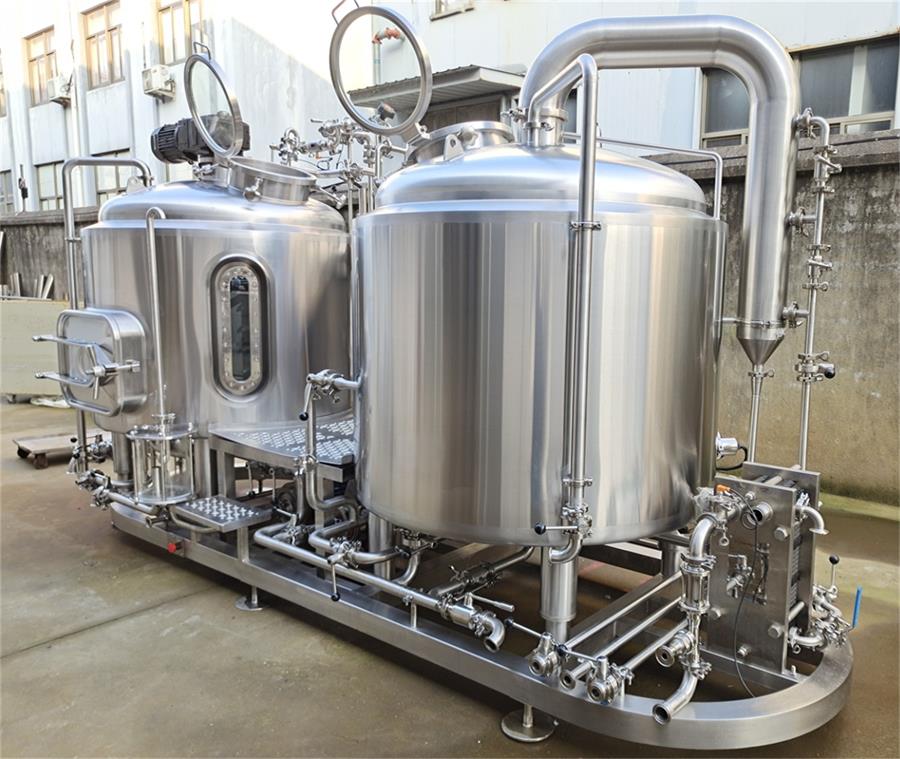
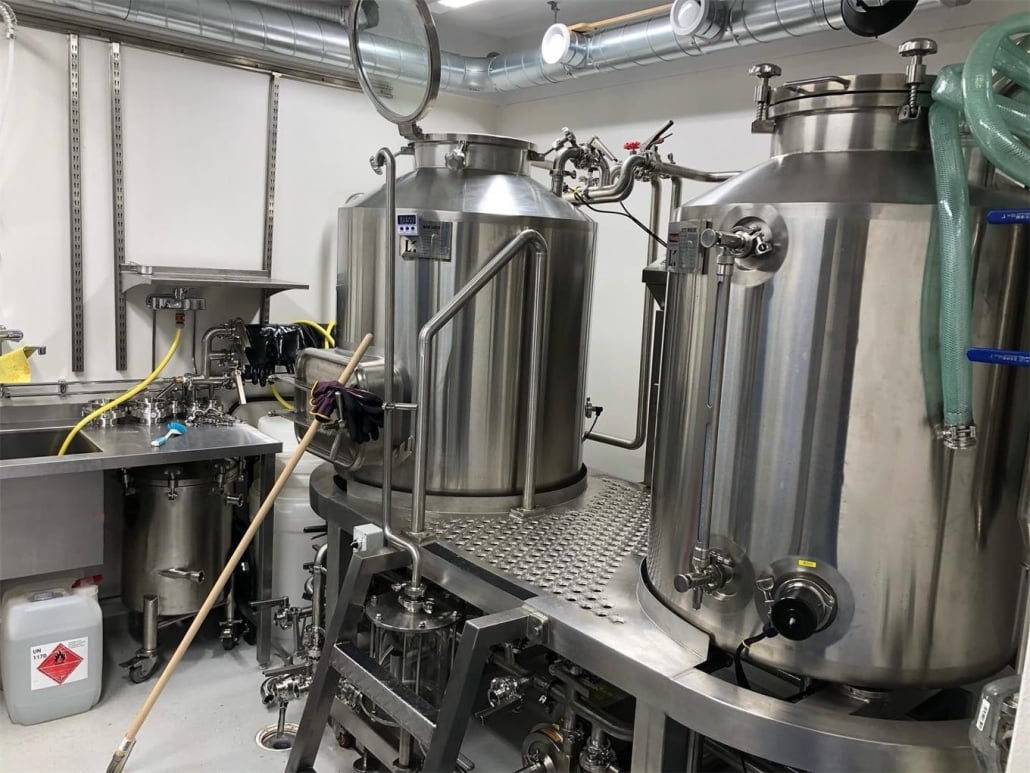
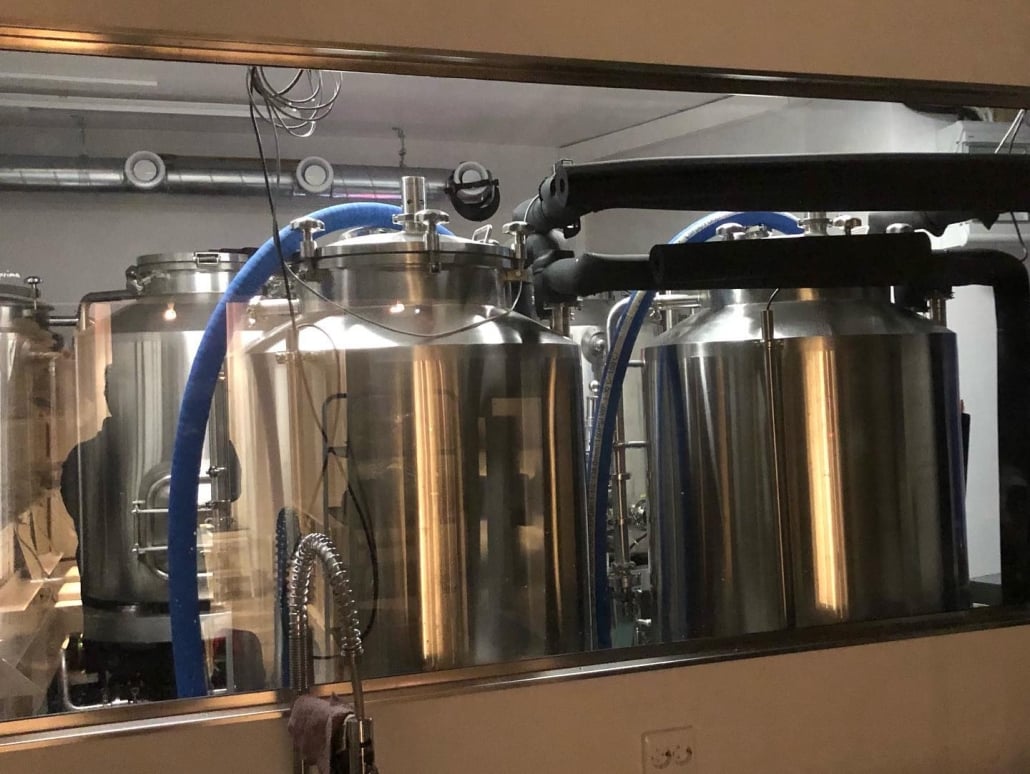

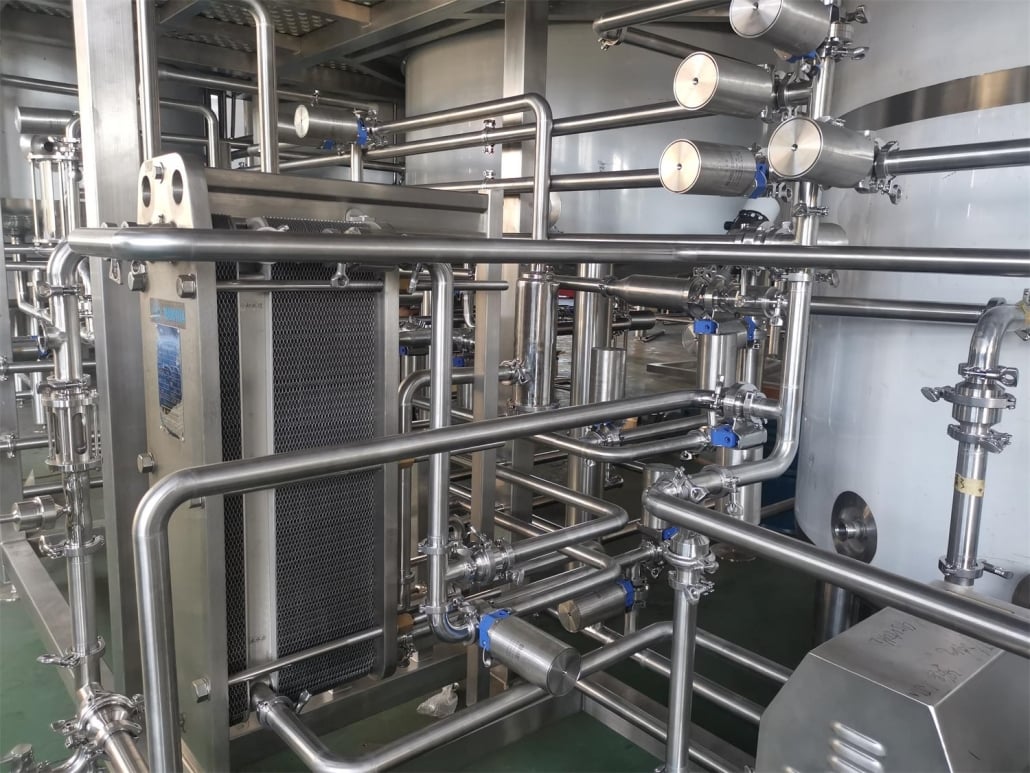

Types of Fermentation Tanks Used by Brewers
Not all fermentation tanks are created equal. Here’s a breakdown of the main types:
1. Open Fermentation Tanks: These are traditional and often used in brewing Belgian or German styles. They expose the wort to air, which can introduce wild yeast and bacteria—a feature or a flaw, depending on the style. Open tanks require meticulous cleanliness and manual labor.
2. Closed Fermentation Tanks: These are the industry standard today. Sealed from outside air, they protect the beer from contamination and allow for controlled fermentation. Most modern breweries prefer these for consistency and safety.
3. Cylindroconical Tanks: These are cone-shaped at the bottom and cylindrical at the top. This design simplifies yeast collection and supports multiple fermentation stages in one vessel. It’s the go-to choice for most commercial brewers.
4. Unitanks: A subtype of conical tanks, unitanks allow for both fermentation and conditioning in the same vessel. This reduces transfers and exposure to air, making for more efficient and consistent brewing.
5. Horizontal Lagering Tanks: Used primarily for lagers, these tanks offer a large surface area that helps with the slow, cold conditioning process. They’re often placed in cold rooms for long-term aging.
Choosing the Right Fermentation Tank for Your Brewery
Selecting the perfect fermentation tank isn’t just about size or shape. It’s about matching your brewing goals, production scale, and beer styles.
First, consider the volume you plan to produce. Smaller craft breweries might need 5 to 10-barrel tanks, while large-scale operations may require 100-barrel behemoths. Then, think about your space. Vertical tanks save floor space, but horizontal tanks might be better for lagering.
Material quality is critical. Stainless steel 304 or 316 is preferred for its resistance to corrosion and ease of sanitation. Check if the tank has dual-zone cooling to maintain even temperatures. If you’re brewing several beer styles, you might want versatile tanks that can handle a variety of fermentation profiles.
Budget matters, of course. Prices range widely based on size, features, and build quality. But cheaper isn’t always better—you don’t want to compromise on hygiene, durability, or control. Investing in a reliable fermentation tank can save thousands in the long run.
Fermentation Tank Comparison Table: Price, Capacity, and Use Case
| Type of Tank | Capacity Range | Typical Use Case | Estimated Price Range (USD) | Key Features |
|---|---|---|---|---|
| Open Fermentation Tank | 1 – 10 BBL | Traditional ales, experimental batches | $2,000 – $10,000 | Open top, manual control, high risk of contamination |
| Closed Cylindroconical | 5 – 200 BBL | Most commercial craft beer styles | $8,000 – $80,000 | Conical base, sealed, versatile |
| Unitank | 5 – 150 BBL | Fermentation + conditioning in one | $10,000 – $100,000 | Combined process, compact, efficient |
| Horizontal Lager Tank | 5 – 100 BBL | Lagering and cold storage | $6,000 – $50,000 | Horizontal, ideal for lagers |

FAQ
| Question | Answer |
|---|---|
| What size fermentation tank should I buy for a microbrewery? | Start with 5 to 15 BBL depending on your batch size and expected output. |
| How often should fermentation tanks be cleaned? | After every batch. Use a CIP system for best results and to prevent contamination. |
| Can one tank be used for different beer styles? | Yes, but be sure to clean thoroughly between uses and consider separate tanks for lagers. |
| How long does fermentation take in these tanks? | Ales: 1-2 weeks; Lagers: 3-6 weeks or more, depending on temperature and recipe. |
| Are there automated fermentation tanks? | Absolutely. Many come with sensors, controls, and software to monitor the entire process. |
| Is stainless steel the best material for fermentation tanks? | Yes. It’s durable, non-reactive, and easy to clean, making it ideal for brewing. |
| What is a BBL in brewing terms? | BBL stands for “beer barrel,” equivalent to 31 gallons or approximately 117 liters. |
| Can fermentation tanks be customized? | Yes, many manufacturers offer custom builds for specific needs, sizes, or features. |
Share this entry
Interested in learning more about Brewing Systems including additional details and pricing information? Please use the form below to contact us!
YOLONG BREWERY EQUIPMENT FAQS
- Commercial Brewery / Craft Brewery / Microbrewery / Nanobrewery
- What is The Difference Between Craft Beer and Industrial Beer?
- The Bespoke Differences In Custom Brewing Systems
- Everything You Need to Know About Kettle Souring
- How to Choose Brewing Equipment for Your business?
- How To Choose The-Best Partner To Build Your Commercial Microbrewing System?
- Two Detection Sensors That You Need To Use In Your Brewhouse System
- Remote Control Applications in Brewing Equipment/How does it work?
- How To Clean Your Brand New Brewery Tanks?

